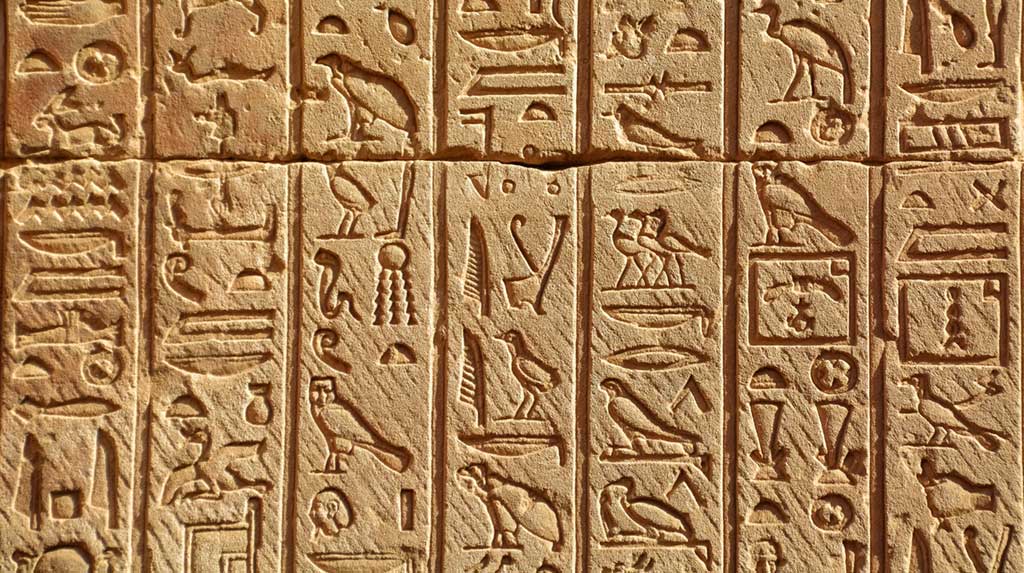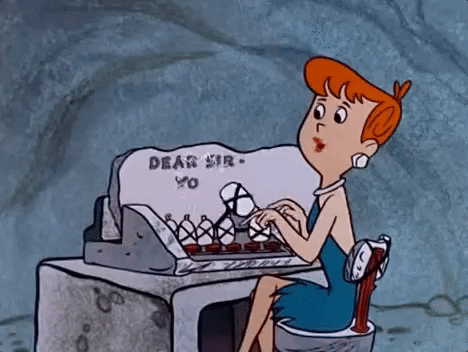The history of communication 🗣 is a long one. Since humanity’s earliest days, we’ve been interacting with each other to tell stories and share what is meaningful to us. 😍
Let’s take a quick trip through the history of communication. Buckle up: We’ve got about 30,000 years to get through.⏳
purely visual
The earliest communicators used simple visual cues. One of the earliest known forms of human communication, the cave paintings in Lascaux, France, 🇫🇷 date back an incredible 36,000 years. They’re believed to tell the story of a volcanic eruption. 🌋
These paintings might seem simplistic, but here’s why they are a big deal: The painters were trying to describe an event to people whom they’d never get to meet. To do this, they had to simplify the story to visual forms that anyone could understand (much like an emoji). 😉
meaning-based
These tokens formed the basis for real, written ✍️ language. But early civilizations didn’t use language the way we do, with an alphabet. Instead, writing was pictographic. That is, it used shapes to represent things. One example is Egyptian hieroglyphics. Another is cuneiform, the characters used by ancient Sumerians.
Today’s scholars describe these pictographic languages as meaning-based. That is, every character means something specific: making them useful for recording historical events or keeping records, but not so useful for everyday speech.
sound-based
Human communication took a big step forward as languages evolved from meaning-based to sound-based. In sound-based 🔊 forms of communication, sounds (as opposed to images) are used in a systematic way to encode and communicate meaning.
One example of early sound-based language is Linear B, a script used by the ancient Myceneans about 3,500 years ago. Linear B was syllabic, meaning that syllables were the key units. Yet, as the oldest Greek dialect, it served as a basis for the invention of the Greek alphabet—the world’s first!🥇
The creation of an alphabet was one of the most significant events in human history. By breaking syllables into consonant and vowel sounds, the ancient Greeks provided a simple yet flexible means of combining sounds into words.
Later, the Romans adapted Greek to Latin—the closest thing the pre-modern world had to a universal language. Latin was used in an official capacity not only by the Roman Empire but by intellectuals 🤓 and the Christian church ✝️.
early media
Latin’s use by the Roman Catholic Church was codified at the Council of Trent in the 1560s. And thanks to the invention of the printing press 📚 about 100 years earlier, the church was able to distribute a standardized mass to the entirety of Catholic Christendom.
The printing press also advanced languages other than Latin. Around the same time as the Council of Trent, Protestantism was taking shape. By publishing a Bible in German,🇩🇪 Martin Luther helped create a German vernacular, forming the basis for a common German culture.
Books, as the first kind of mass media, made explicit the link between language and culture. But printing books was complicated and expensive. That limited their utility as a means of disseminating information.
mass media
By the early 1600s, printing costs fell to the point that mass media—in the form of newspapers—took shape. Even at a few cents a copy, though, newspapers 📰 were out of reach of many people.
It was in America 🇺🇸 that mass media, as we know it today, came into being. In 1833, the New York Sun sold for just one penny—compared to the $.05 or $.06 cents that was then the norm. The secret to the Sun‘s low cost? It was the first paper to feature advertising. We’re not entirely sure if that was good or bad. 😅
A few decades later, in the 1870s, the telephone ☎️ was invented. By 1900 there were 600,000 in use; a decade later, the number was 5.8 million. 😲 The pace of technological change has only accelerated since. The first cellular phone 📱 appeared in 1973. The internet 🌐 was born just 10 years later.
Today, our communication flows across all of these media: emails, 📧 phone calls, video chats, and texts. If you’re really ahead of the curve, you can even use all of these methods at once. illumy offers messaging, email, phone number, and video, plus giphys, emoji, reactions, and large file-sharing. 📎
Over the course of human history, communication has become more universal—but, at the same time, more contextual. We now use different kinds of media to convey meaning in different ways. One thing that hasn’t changed since the cave-painting 🖌 era? Communicating, in all its forms, is at the core of the human experience.
Photo by Jeremy Zero on Unsplash



